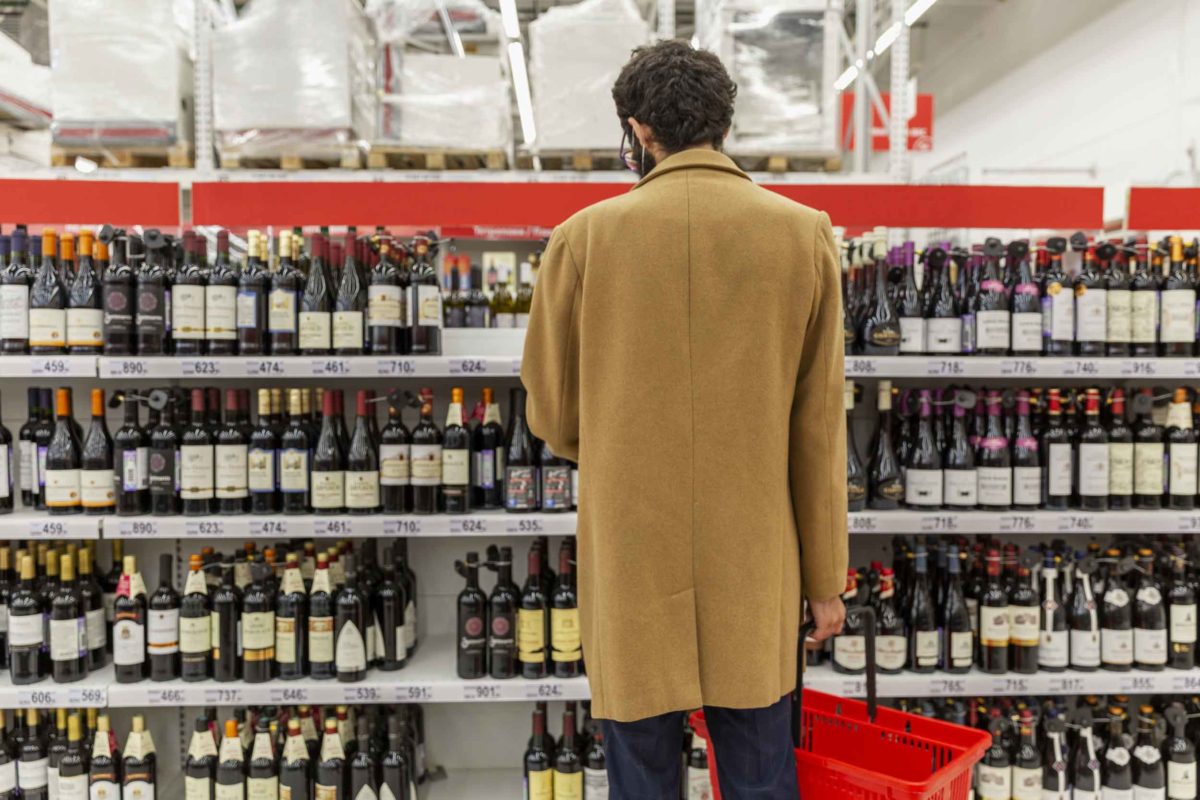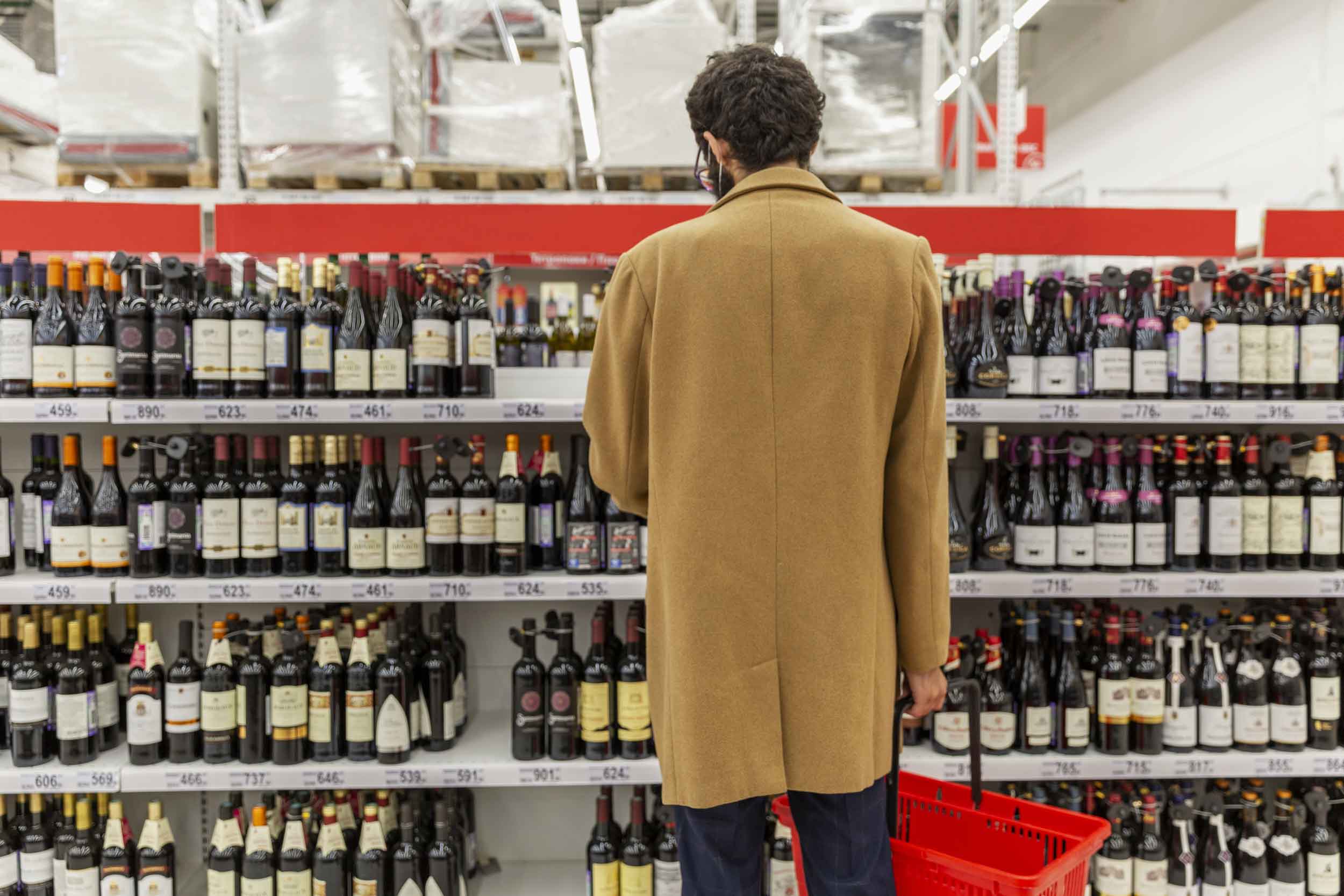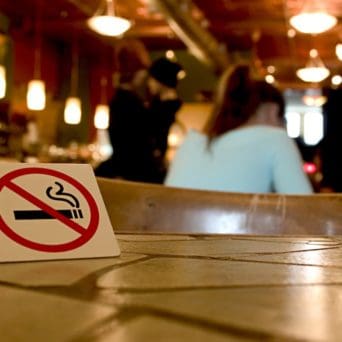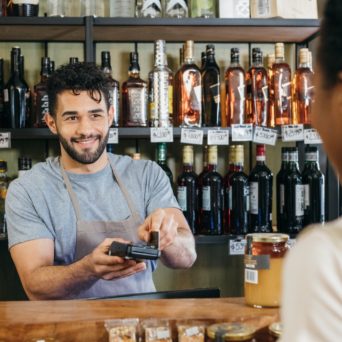April is Alcohol Awareness Month. But this is no ordinary April, both in general and in terms of alcohol. Restaurants and bars have closed for on-site service in all but five states. At the same time, all but two have left open all of their outlets that sell alcohol for home (“off-premise”) consumption.
According to Nielsen, off-premise sales of alcoholic beverages are booming: they jumped by 55% for the week ending March 21 compared to the same week a year earlier. Ready-to-drink cocktails rose by 106%, while consumers purchased 90% more 24 and 30-packs of beer. Overall sales were still up by 22% as of March 28, one week later.
Ironically, on March 21, the World Health Organization’s (WHO) Director, General Tedros Adhanom Ghebreyesus, encouraged people to limit their alcohol consumption as one of many steps people can take to keep healthy. On April 15, WHO’s regional office for Europe went a step further, recommending that governments around the world limit access to alcohol during coronavirus-related lockdowns.
Why is WHO recommending limiting access to alcohol? There are two immediate reasons, and then a set of longer-term concerns. Most immediately, alcohol use impairs the body’s immune function, and in particular, weakens the lungs’ ability to fight off infection. Alcohol consumption also increases the risks from a range of communicable and noncommunicable diseases and mental health disorders that can make people more vulnerable to the coronavirus, according to WHO.
Heavy alcohol use is known to increase the likelihood of violence. Worldwide, 63% of violent injuries in emergency rooms involved alcohol use by the victim, the perpetrator, or both. Alcohol sold in liquor, grocery or convenience stores has a particularly strong relationship with violent crime.
Data shows that domestic violence has already ticked up all over the world. In the U.S., 35% of victims of domestic violence who were able to report whether their attacker had been drinking believed they had. In the wake of COVID-19, NBC News reported that 18 of 22 law enforcement agencies that responded to their queries reported an increase in domestic violence calls in March. And worldwide, UN Secretary-General Antonio Guterres has warned of a “horrifying global surge in domestic violence” directed towards women and girls.
Over the long term, the current explosion in alcohol sales suggests people may be putting in place new drinking patterns that will trouble them in years to come. This is what appears to have happened in past disasters. Beijing hospital employees on the front lines of the SARS outbreak in 2003 were more likely to have alcohol abuse or dependence symptoms three years later if they had been in quarantine or working in high-risk wards. Those with higher exposure to the World Trade Center disaster were more likely to binge drink a year later and had higher odds of alcohol dependence one and two years afterward. Patterns of heavier alcohol consumption also emerged after Hurricanes Rita and Katrina.
While numerous governors across the country have declared alcohol sales an essential business and mandated that stores selling alcohol remain open, there are steps that cities can take to limit alcohol sales and reduce the harm from this spurt in alcohol consumption. According to CityHealth’s analysis of city jurisdiction over alcohol sales, only eight of the nation’s 40 largest cities have the power to regulate and, if necessary, close alcohol outlets within their borders. They can also take steps to reduce sales by limiting hours and days of sale, setting a maximum on how much an individual may purchase at one time, and eliminating price discounts.
Another eight cities have more limited control over alcohol outlets, while the remaining 24 are preempted (blocked by the state) from regulating alcohol sales in their borders by state laws. Yet even in these cities, it is possible for city leaders to use emergency powers to limit alcohol sales in their jurisdictions.
What is likely to happen if cities take steps to reduce alcohol sales? The Task Force on Community Preventive Services has concluded that reducing both the hours and days when alcohol may be sold, and the density of outlets selling it, effectively prevents excessive alcohol use and related harms.
With all that is abnormal about this April, there is an opportunity for cities to explore and exercise their powers to ensure safer alcohol sales. Sensible limits on alcohol sales will protect the public from a surge in alcohol-related violence, and support our first responders in keeping the virus and those suffering from it directly as their top priorities.






